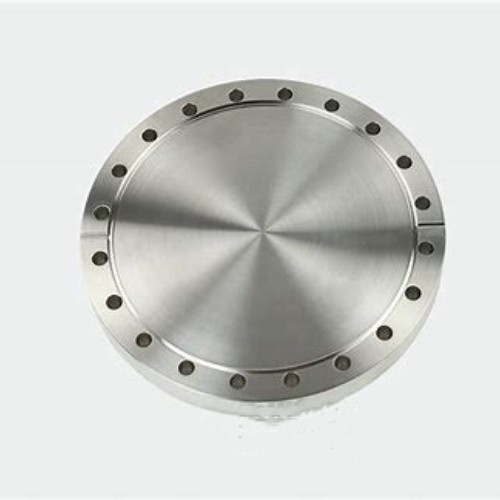Choosing the Right Ball Valve for Safe LPG Gas Applications
The Role of Ball Valves in LPG Gas Systems
When it comes to managing the flow of gases, particularly liquefied petroleum gas (LPG), having the right components is vital for safety and efficiency. Among those components, ball valves play an indispensable role. This article delves into the significance of ball valves in LPG gas systems, discussing their functionality, advantages, and applications.
Understanding Ball Valves
A ball valve is a quarter-turn valve that uses a hollow, perforated, and pivoting ball to control the flow of a fluid. When the ball's hole aligns with the flow path, the valve is open, allowing gas to pass through. Conversely, when the ball is turned, blocking the flow path, the valve is closed. This simple yet effective mechanism ensures quick and precise fluid control, making ball valves a popular choice for various applications, including LPG systems.
Functionality in LPG Gas Systems
LPG, a common fuel used for heating, cooking, and powering vehicles, requires careful handling due to its flammable nature. Ball valves serve multiple functions in LPG systems
1. Flow Regulation Ball valves enable precise control over the flow rate of LPG, allowing users to manage usage efficiently. This is particularly useful in industrial applications where varying flow levels are necessary.
2. Shutoff Control Safety is paramount when dealing with LPG. Ball valves provide an effective shutoff mechanism, allowing operators to quickly stop the gas flow in emergencies or during maintenance.
3. Isolation In complex gas pipelines, ball valves can isolate sections of the system for repairs or replacements without needing to depressurize the entire system.
4. Compatibility Many modern ball valves are designed with materials that are compatible with LPG, ensuring durability and minimizing the risk of leaks. Common materials include brass, stainless steel, and various polymers.
Advantages of Ball Valves
The use of ball valves in LPG systems offers several advantages over other types of valves, such as gate or globe valves
ball valve for lpg gas

2. Low Resistance The design of ball valves allows for minimal resistance to flow, ensuring efficient gas passage and reducing pressure drops in the system.
3. Durability Ball valves are built to last, with a robust design that can withstand high pressures and temperatures, making them ideal for LPG applications.
4. Maintenance-Free With fewer moving parts than other valve types, ball valves generally require less maintenance, reducing operational costs over time.
Applications in LPG Systems
Ball valves are widely used in various LPG applications
- Residential Systems In home settings, ball valves control the flow of LPG to appliances such as stoves and heaters, ensuring safety and efficiency.
- Industrial Systems Large-scale LPG operations utilize ball valves for everything from storage tanks to transportation systems, where reliability and quick shutoff are critical.
- Automotive In vehicles powered by LPG, ball valves help regulate fuel flow and are essential for safe refueling processes.
Conclusion
In summary, ball valves are crucial components in LPG gas systems, providing safe, efficient, and reliable flow control. Their advantages, including quick operation, durability, and low maintenance, make them the preferred choice for both residential and industrial applications. As LPG continues to be a popular energy source globally, the importance of incorporating high-quality ball valves into these systems cannot be overstated. Ensuring proper installation and maintenance will enhance safety and performance, making ball valves a smart investment for any LPG system.
-
The Key to Fluid Control: Exploring the Advantages of Ball Valves in Industrial SystemsNewsJul.09,2025
-
The Versatile World of 1, 2, and 3 Piece Ball ValvesNewsJul.09,2025
-
Stainless Steel Ball Valves: The Ideal Choice for Efficient Flow ControlNewsJul.09,2025
-
Optimizing Fluid Control with Ball Float ValvesNewsJul.09,2025
-
Manual Gate Valves: Essential for Control and EfficiencyNewsJul.09,2025
-
Everything You Need to Know About Butterfly ValvesNewsJul.09,2025
-
The Versatility of Wafer Type Butterfly ValvesNewsJul.08,2025




